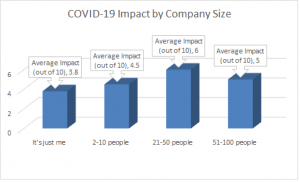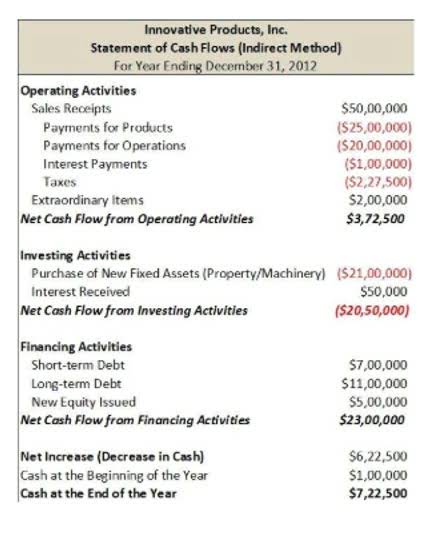
Accounts payable can be categorized into trade payables, non-trade payables, and taxes payable. Trade payables refer to payments on goods or services, and non-trade payables refer to business expenses that don’t directly affect operations (e.g. utility bills). Taxes payable refer to the company’s federal, state, and local obligations. Material event that occurs after the end of the accounting period and before the publication of an entity’sFINANCIAL STATEMENTS. Such events are disclosed in the notes to the financial statements.
Should You Expand Your Accounts Payable Team?
Investment company which generally offers its shares to the general public and invests the proceeds in a diversified portfolio of SECURITIES. BOND issued by a government or public body, the INTEREST on which is typically exempt from federal taxation. Average of SECURITY or COMMODITY prices constructed on a period as short as a few days or as long as several years and showing trends for the latest interval. The use of an intermediate agent, such as a bank, to disguise the source of money received from illegal activities. Designing and manipulating a mathematical representation of an economic system or corporate financial application so that the effect of changes can be studied and forecast. The goods on hand at any one time that are available for sale to customers in the regular course of business.

Statement of Financial Accounting Standards (SFAS)
Frequently, safe harbors are used where a legal requirement is somewhat ambiguous and carries a risk of punishment for an unintended violation. Accounting service that provides some assurance as to the reliability of financial information. In a review, a CERTIFIED PUBLIC ACCOUNTANT (CPA) does not conduct an examination under GENERALLY ACCEPTED AUDITING STANDARDS (GAAS). Sales of products, merchandise, and services; and earnings from INTEREST, DIVIDEND, rents. Method of determining whether or not income has met the conditions of being earned and realized or is realizable.
Assembly of Financial Statements
Each taxpayer is allocated an initial base amount based on his or her filing status determining the credit. The base amount is then reduced by the amount of nontaxable income, or is phased out for taxpayers whose ADJUSTED GROSS INCOME exceeds certain levels. Financial contract in which two parties agree to exchange net streams of payments over a specified period. The payments are usually determined by applying different indices (e.g., interest rates, foreign exchange rates, equityindices) to a NOTIONAL amount.

Basic accounting concepts used in the business world encompass revenues, expenses, assets, and liabilities. Accountants track and record these elements in documents like balance sheets, income statements, and cash flow statements. Accounts payable (AP) refers to the obligations incurred by a company during its operations that remain due and must be paid in the short term. Typical payables items include supplier invoices, legal fees, contractor payments, and so on. The accounts payable department provides financial, administrative, and clerical support to an organization.
Interest Rate
Qualified child care expenses will allow a taxpayer this computed credit against tax. The amounts can be found on the individual forms as the limitations and computation may change each tax year. Procedures used for rationally classifying, recording, and allocating current or predicted costs that relate to a certain product or production process. Measure of risk that errors exceeding a tolerable amount will not be prevented or detected by an entity’s internal controls. This exists when the design or operation of a control does not allow management or employees, in the normal course of performing their assigned functions, to prevent or detect misstatements on a timely basis. An alliance of five professional organizations dedicated to disseminating appropriate internal control standards.

The value of property inherited id excluded from a taxpayers gross income, but if the property inherited produces income it is included in gross income. A taxpayer’s basis in inherited ap contact meaning property is the fair market value at the time of death. CFPs are certified after completing a series of requirements that include education, experience, ethics and an exam.
- An individual entitled to special tax rates that fall midway between single rates and married filing joint rates, if they fit the qualifying profile.
- Activities that occur only periodically, the data involved are generally not part of the routine flow of transactions.
- Total income taxes expressed as a percentage of NET INCOME before taxes.
- Any book containing original entries of daily financial transactions.
- An actual count of all MERCHANDISE on hand at the end of an accounting period.
What is an accounts payable system?

Method of recording financial transactions in which each transaction is entered in two or more accounts and involves two-way, self-balancing posting. An investment strategy aimed at long-term capital appreciation with low risk; moderate; cautious; opposite of aggressive behavior; show possible losses but wait for actual profits. Expenditure identified https://www.bookstime.com/ with goods or services acquired and measured by the amount of cash paid or the market value of other property, CAPITAL STOCK, or services surrendered. Expenditures that are written off during two or more accounting periods. Portion of the total GAIN recognized on the sale or exchange of a noninventory asset which is not taxed as ORDINARY INCOME.
- This includes invoice capture, approval, authorization, execution, and supplier management.
- Emphasizing or expressing the nature of reality as it is apart from personal reflection or feelings; independence of mind.
- Process of identifying and monitoring business risks in a manner that offers a RISK / RETURN relationship that is acceptable to an entity’s operating philosophy.
- Some suppliers provide early payment discounts if a company settles an invoice sooner than the due date.
